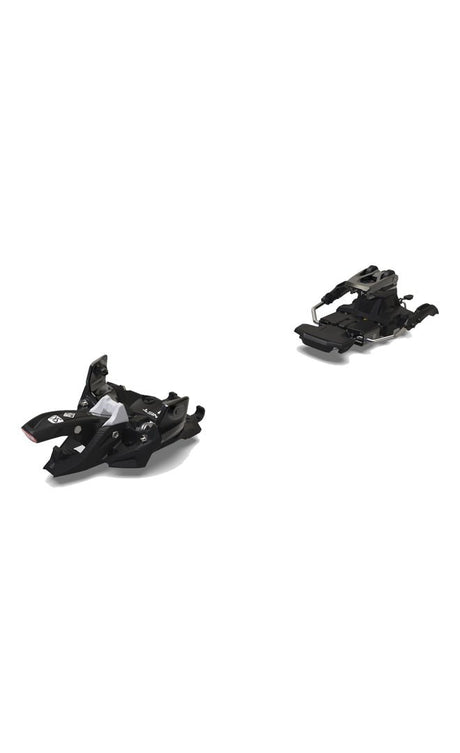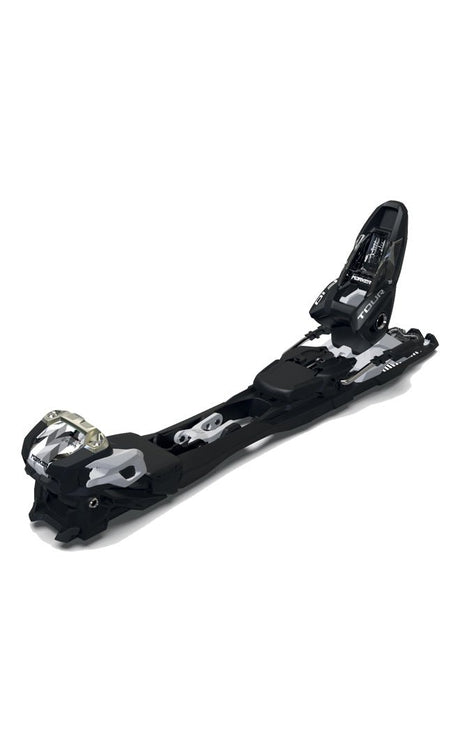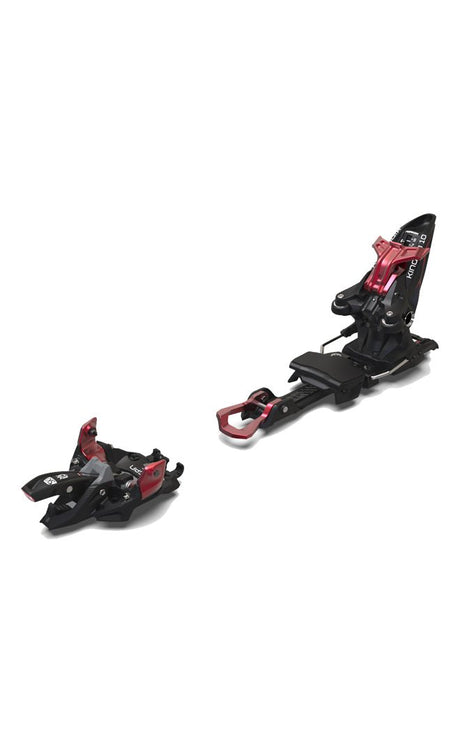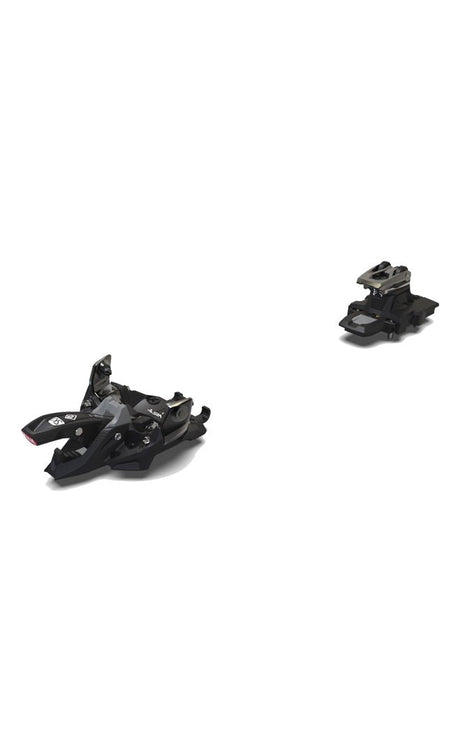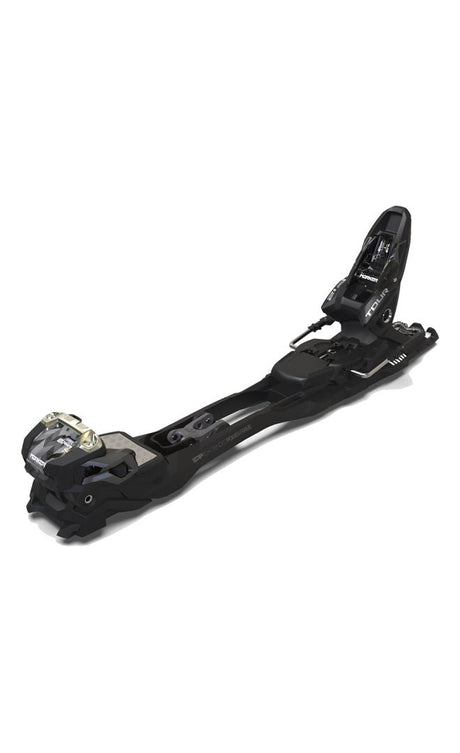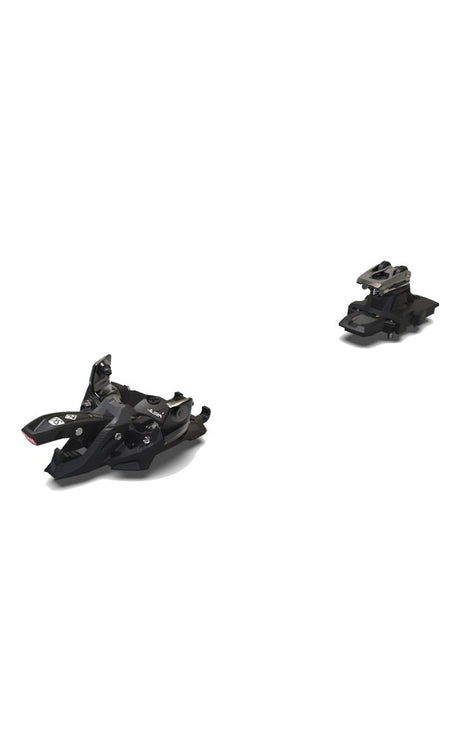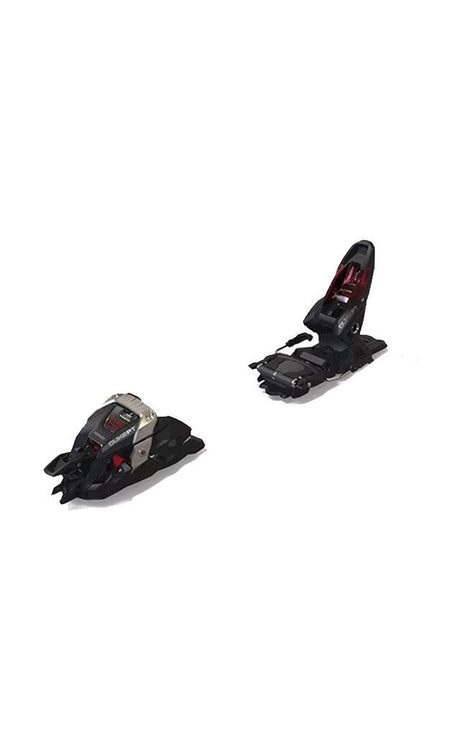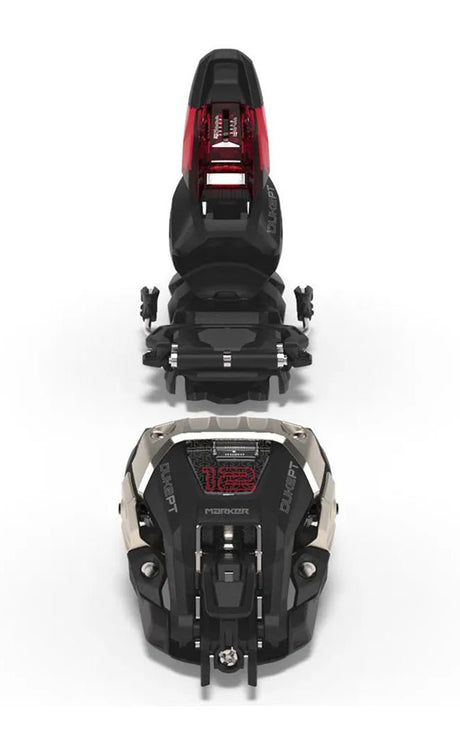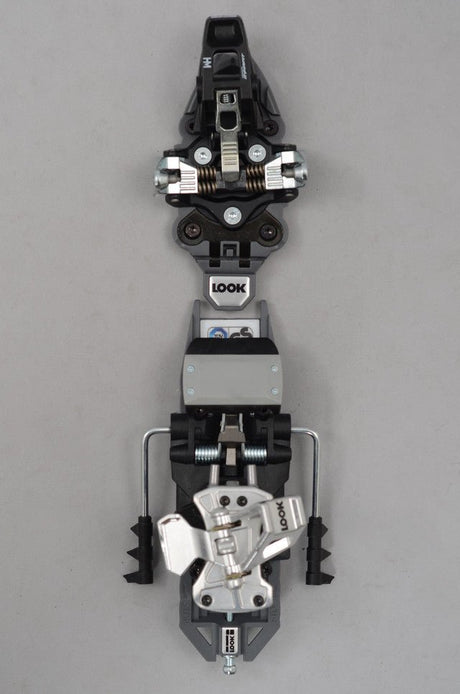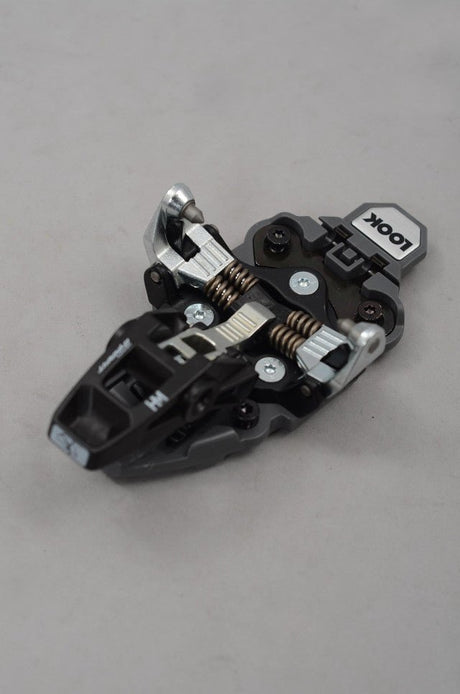
The choice of ski bindings is often overlooked when purchasing ski equipment. However, these small parts are crucial for ensuring both your safety and your performance on the slopes. In this article, we offer you a comprehensive guide to help you choose your ski bindings based on your level, budget, and expectations.
Why are they so important?
Ski bindings play a major role in transmitting the skier's movements to the skis. They also allow for automatic release when the pressure exerted by the skier exceeds a certain threshold, thus preventing injuries.
The criteria to consider
To choose ski bindings well, several criteria must be taken into account:
The skier's level
There are different types of fasteners suited to each level of practice:
- Ski bindings for beginners: they are designed to offer maximum safety with easy release.
- Bindings for intermediate skiers: they offer a good compromise between performance and safety.
- Bindings for experts: they prioritize performance and control, with a less easy release to avoid accidental releases.
The weight of the skier
The release value of the bindings (also called "DIN") must be adjusted to the skier's weight. A value that is too high will prevent release in the event of a fall, while a value that is too low will cause unintended releases. Binding manufacturers generally provide charts to determine the ideal DIN value based on weight.
The width of the skis
It is important to choose bindings whose ski brakes are suited to the width of the skis. If the brakes are too narrow, they may not properly stop the skis in case of release, whereas if they are too wide, they can interfere with turns or cause a loss of control.
The type of practice
Depending on your practice (alpine skiing, ski touring, freeride, etc.), you will need specific bindings offering different features:
- Alpine ski bindings: they ensure good force transfer and are designed to withstand high pressures during fast descents.
- Touring ski bindings: lightweight and offering good mobility, they are particularly suitable for ascents and descents on varied terrain.
- Freeride bindings: durable and high-performance, they are ideal for skiers who like to venture off marked trails
Trigger Value (DIN Value)
DIN adjustment position for Woman

DIN adjustment position for Men

Adjustment of the DIN setting according to the skier's profile
Size of your ski boot in mm
You will find this information on one side of your shoe, near the heel!
If not, measure the length in millimeters of the sole (from heel to toe) of your ski boot. Make sure not to confuse the sole length in millimeters with the shoe size (for example, 24, 24.5, 28, 28.5, 29, etc.).

However, remember that bindings are only one piece of the ski equipment puzzle. For an optimal skiing experience, it is crucial to consider your entire equipment. To learn more about selecting the perfect ski boots, check out our dedicated buying guide "How to choose your ski boots". Additionally, if you are looking for advice on how to choose the pair of skis suited to your skiing style, don't forget to consult our guide "Which program to choose for your pair of skis".
Ultimately, whether you are a beginner skier looking to improve your skills or an experienced expert, choosing the right ski bindings is a crucial step to maximize your enjoyment on the snowy slopes.


